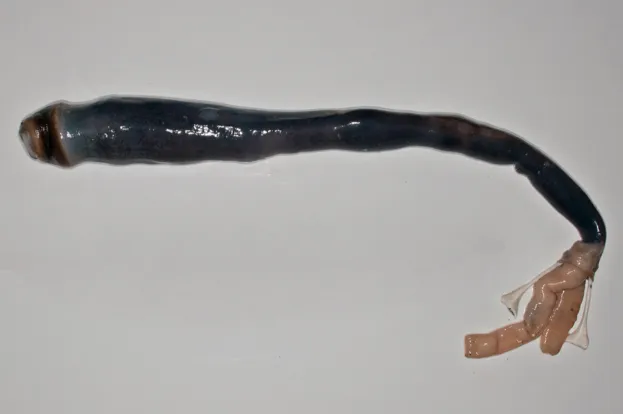A living giant shipworm has been found in a shallow lagoon in the Philippines, after only previously being known to scientists as a fossilised shell.
The rare, bizarre animal, known scientifically as Kuphus polythalamia, spends its life in the mud and is the longest living bivalve on Earth.
Margo Haywood from the University of Utah described the finding as thrilling.
“We had seen a few poorly preserved specimens previously, but they were rather repulsive,” she said. “This creature, in perfect condition, struck me as beautiful, but bizarre, almost an alien creature.”

Haywood and colleagues had been searching for live specimens of the species since their research began in 2008, after learning that shells from the Philippines were being sold to museums and collectors.
It was not until a young member of their local team saw a TV broadcast about the strange animal that the discovery was finally made.
Most species of shipworms eat wood, which is digested with the aid of symbiotic bacteria.
However, this giant shipworm evolved from a smaller species and its bacterial symbionts are very different, enabling it to live an unusual lifestyle within a mud environment.


